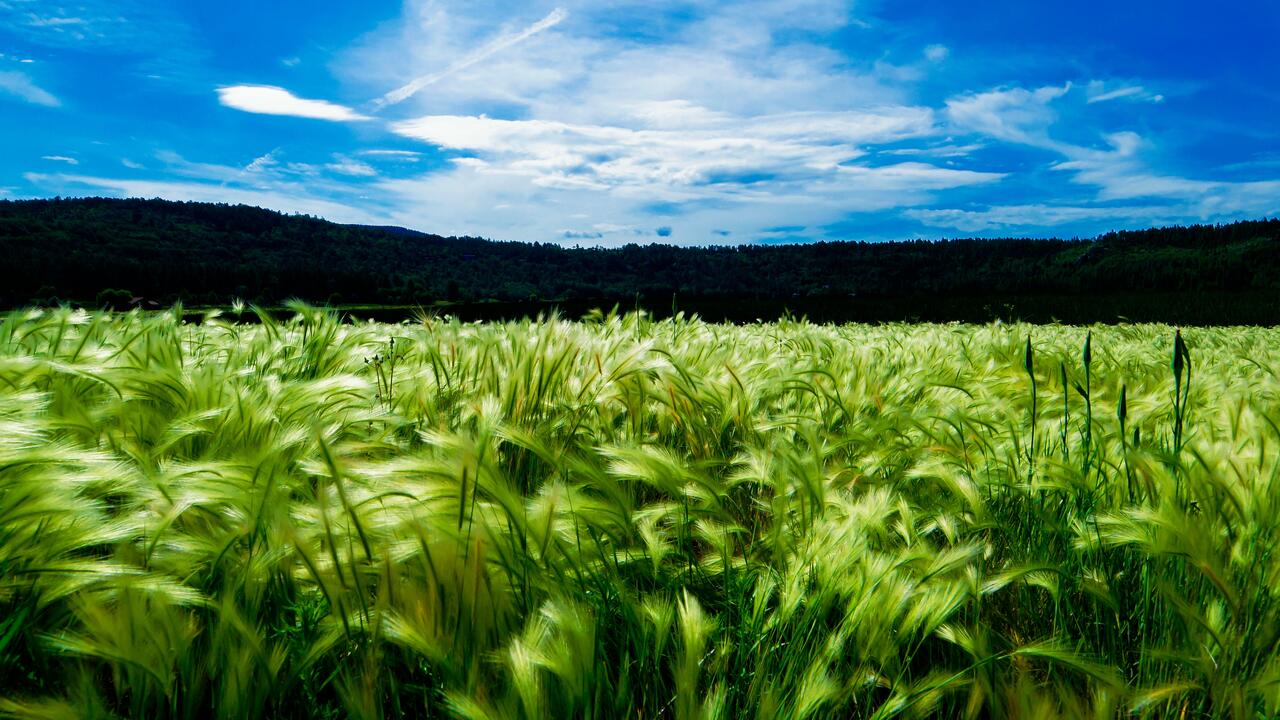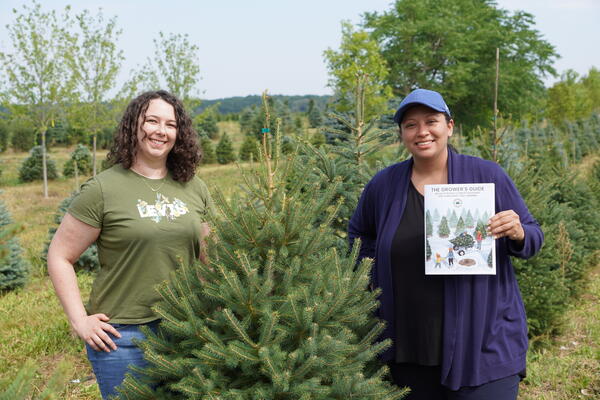
Land use scientists propose new approaches to addressing global land crises
New ways can help in understanding and addressing land systems pressures for global environmental management

New ways can help in understanding and addressing land systems pressures for global environmental management
By Jude Okonkwo Faculty of EnvironmentA recent publication, co-authored by Dawn Parker of the Environment’s School of Planning and Waterloo’s Institute for Complexity and Innovation, reveals 10 facts that help explain the fundamental challenges of achieving sustainability in land use, and point toward solutions.
Published in Proceedings of the National Academy of Sciences of the United States of America, the article applied the expertise of 50 leading land use scientists from 20 countries and highlights key questions whose answers are essential to understand and address land systems pressures.
“With growing human populations and demands on natural resources, land scarcity is increasing,” said Parker. “It is widely acknowledged that land systems are classic examples of complex coupled human-natural systems, and this report distills their complexity into key facts relevant for global environmental management.”
According to the report, numerous factors challenge the sustainability of land systems. One is diverse, conflicting, and contested beliefs and values. The second is the complex nature of land systems, characterized by irreversibility and path dependence. Other facts the report identified are large impacts of land use with small footprints, distant spillovers of local land systems, prevalent trade-offs on lived areas, overlapping and contested claims, unequally distributed benefits, and actors’ mobilization of multiple conflicting visions of justice.
These “10 facts” constitute a set of core principles that can guide scientists, policy makers, and practitioners toward sustainable governance of land use. The researchers also provide six Implications for Land System Governance for Sustainability:
The report advises, "avoiding irreversible negative impacts is always preferable, but beyond this, progressing toward sustainability through land use is often about negotiating fair and acceptable trade-offs and compensations, rather than about achieving optimal outcomes, or stable peace among actors.”
The 10 facts synthesized from land system science (LSS) constitute hard truths that help to define our key challenges, but also provides major opportunities for governing land systems for sustainability.
“These facts do not provide simple answers to current land-related debates on how to manage trade-offs and synergies, how to organize the multifunctionality of land systems across places and scales, and how to set up fair procedures and distribution of land benefits,” said the researchers. “However, they do point to how answers could be developed and provide common ground for science and policy, as well as a research agenda. We hope that acknowledging these facts and their implications can help to build more solid foundations for much-needed conversations on land use and sustainability.”
The report, Ten facts about land systems for sustainability is a Global Land Programme (GLP) research project of Future Earth, an interdisciplinary community of science and practice fostering the study of land systems and the co-design of solutions for global sustainability.

Read more
Waterloo researchers are helping to make a much-loved holiday tradition more sustainable all year round

Read more
Researchers awarded funding to investigate ecology, climate change, repatriation, health and well-being through cultural and historical lens

Canada's coasts face increasing flooding and erosion with climate change.
Read more
Canada must act to protect the longest marine and freshwater coastlines in the world from the surge of climate change
The University of Waterloo acknowledges that much of our work takes place on the traditional territory of the Neutral, Anishinaabeg, and Haudenosaunee peoples. Our main campus is situated on the Haldimand Tract, the land granted to the Six Nations that includes six miles on each side of the Grand River. Our active work toward reconciliation takes place across our campuses through research, learning, teaching, and community building, and is co-ordinated within the Office of Indigenous Relations.